Root Planing & Scaling
Do you have red, swollen, or tender gums? Do they bleed when you brush or floss? If so, you may have gum disease, a common condition that affects millions of Americans. If left untreated, gum disease can lead to tooth loss, bone damage, and other serious health problems.
At Chapko & Shah Modern Dentistry, we offer root planing and scaling as a safe and effective treatment for gum disease. Root planing and scaling are non-surgical procedures that remove plaque, tartar, and bacteria from below the gum line. This helps to prevent further damage and allows your gums to heal.
If you are experiencing any of the signs or symptoms of gum disease, please schedule an appointment with us today. We will evaluate your condition and recommend the best treatment options for you.
Don't let gum disease ruin your smile. Contact us today to learn more about root planning and scaling and how we can help you get your gums healthy again.
What is Root Planing and Scaling?
Root planing and scaling are non-surgical procedures used to treat periodontal disease, a serious gum infection that can cause the gums to pull away from the teeth, leading to bone loss and tooth loss. During root planning and scaling, the dentist removes plaque, tartar, and bacteria from the surfaces of the teeth and below the gum line. This may be done by hand or with an ultrasonic scaler. The dentist also smooths the root surfaces of the teeth to remove rough areas where bacteria can accumulate and help the gums reattach to the teeth.
Root planing and scaling are common procedures that is performed in the dentist's office. It is usually done under local anesthesia, which means that you will be awake but your gums will be numb. The procedure typically takes about one hour.
After root planning and scaling, your gums may be sore and tender for a few days. You may also experience some bleeding and swelling. The dentist will give you instructions on how to care for your teeth and gums after the procedure.
It is important to follow the dentist's instructions carefully to promote healing and prevent infection. You should also continue to practice good oral hygiene at home. This includes brushing your teeth twice a day, flossing once a day, and using fluoride toothpaste.
Here are some of the benefits of root planing and scaling:
- Removes plaque and bacteria from hard-to-reach areas
- Prevents further damage to the teeth and gums
- Reduces inflammation and bleeding
- Promotes healthier gums and teeth
- Helps to prevent tooth loss
- Improves overall oral health
- Improves the appearance of your smile
If you are experiencing any of the signs or symptoms of gum disease, such as bleeding gums, red or swollen gums, loose teeth, bad breath, or pain when chewing, you should see your dentist. Your dentist can diagnose gum disease and recommend the best treatment options for you.
Root planing and scaling are effective treatments for periodontal disease. It can help to prevent further damage to the teeth and gums, and it can help to improve the appearance of your smile.
The Root Planing and Scaling Process
The root planing and scaling process typically takes one to two appointments. The first appointment is for a consultation and examination. During the consultation, the dentist will discuss your gum disease and treatment options. The dentist will also perform a thorough examination of your teeth and gums to determine the extent of the damage.
If you are a good candidate for root planning and scaling, the dentist will schedule the procedure for a later date. On the day of the procedure, the dentist will numb your gums with a local anesthetic. They may also apply a sedative to help you relax and make the procedure more comfortable.
Once your gums are numb, the dentist will begin the scaling and root planing procedure. The dentist will use special instruments to remove plaque, tartar, and bacteria from the surfaces of your teeth and below the gum line. They may also use an ultrasonic scaler to remove stubborn tartar.
After the scaling and root planing procedure is complete, the dentist will apply a fluoride treatment to help strengthen your teeth. They may also prescribe antibiotics to prevent infections.
Healing and Aftercare
After the root planing and scaling procedure, your gums may be sore and tender for a few days. You may also experience some bleeding and swelling. The dentist will give you instructions on how to care for your teeth and gums after the procedure.
It is important to follow the dentist's instructions carefully to promote healing and prevent infection. You should also continue to practice good oral hygiene at home. This includes brushing your teeth twice a day, flossing once a day, and using a fluoride toothpaste.
Preventing Gum Disease
The best way to prevent gum disease is to practice good oral hygiene. This includes brushing your teeth twice a day, flossing once a day, and scheduling regular cleanings and check-ups with your dentist.
You should also see your dentist if you experience any of the signs or symptoms of gum disease, such as bleeding gums, red or swollen gums, loose teeth, bad breath, or pain when chewing.
If you are diagnosed with gum disease, your dentist will work with you to develop a treatment plan to prevent further damage and restore your oral health.









